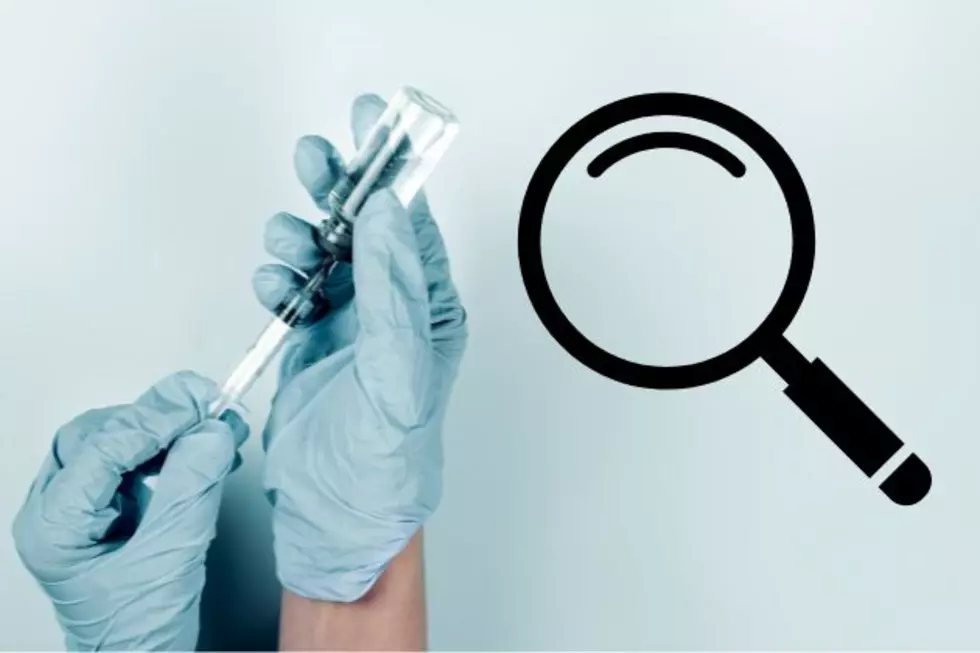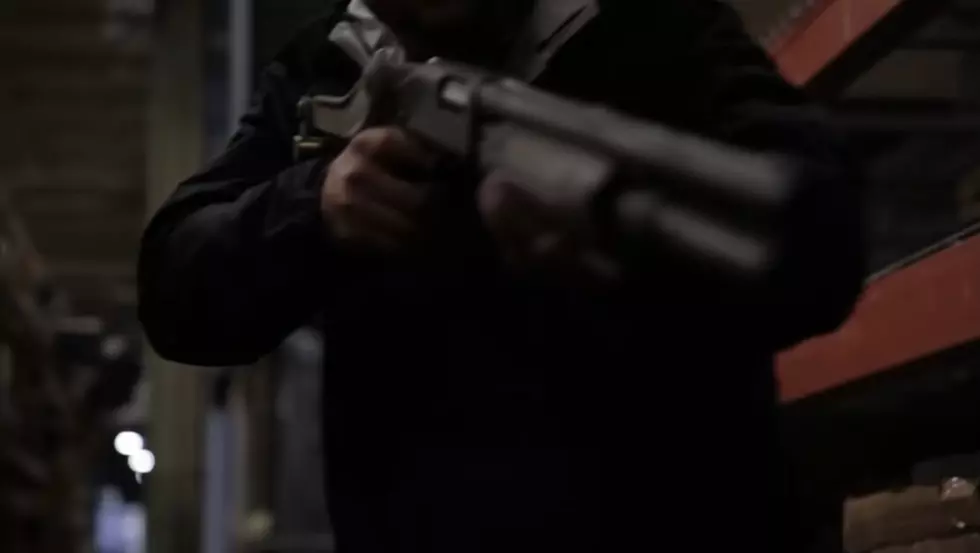
As NJ’s Days Grow Shorter, Risk of Depression is Real
Seasonal Affective Disorder, or SAD, usually manifests itself at this time of the year, as the days grow shorter. An expert says it is real and it can be psychologically painful.
Dr. Deborah Wentz, president and CEO of the New Jersey Association of Mental Health and Addiction Agencies, says a lot of this has to do with the decrease in sunlight since the clocks were turned back.
Wentz characterizes the disorder as "symptoms of depression that gradually come on or come on all at once."
"It's a diagnosable mental health disorder that may require treatment. So while some people may joke about it, it is a real illness," she said.
According to Wentz, SAD has been linked to a biochemical imbalance in the brain that is prompted by shorter daylight hours and a lack of sunlight in winter.
"As seasons change, people experience a shift in their biological internal clock or circadian rhythm, and this causes them to be out of step with their daily schedule," Wentz said.
While SAD is not a new affliction, it is new in the sense that for a long time, those with symptoms were misdiagnosed.
"It was often incorrectly diagnosed as hypothyroidism, hypoglycemia, mononucleosis or other viral infections," she said. "Sometimes it really is necessary for people to go to a physician or mental health professional, because sometimes it can be confused with more serious conditions, like severe depression or bipolar disorder."
Wentz said you would recognize SAD by symptoms of depression that gradually come on or come on all at once.
"Some of those symptoms, which are similar to those for clinical depression, may include, but are not limited to, fatigue, loss of interest in normal activities, difficulty getting out of bed, social withdrawal, difficulty concentrating and thinking clearly, certain feelings of sadness, loss of feelings, apathy. And that can be combined with irritability and difficulty staying awake," she said.
Wentz said experts have come to rely heavily on so-called, "light boxes" to treat SAD. They are special devices designed to cheer you up.
"A half-hour treatment at 10,000 lux, or a one-hour session at 5,000 lux once a day is the average," she explained.
An individual's specific need for light therapy specifies the duration of exposure.
"We have found that regular daily usage at the same time each day is best, until symptoms disappear," she said. "Another option would be if you are very lucky, you might just plan a winter vacation to a sunny climate or relocate to a place closer to the equator, where winter days are longer. But that is not an option for a lot of people."
About one out of 20 people struggle with seasonal affective disorder. And about .7 percent of the population have so-called, "summer blues," or Summer Seasonal Affective Disorder, and they actually welcome the winter's shorter days and colder temperatures.
Joe Cutter is the afternoon news anchor on New Jersey 101.5.
More From WPG Talk Radio 95.5 FM










